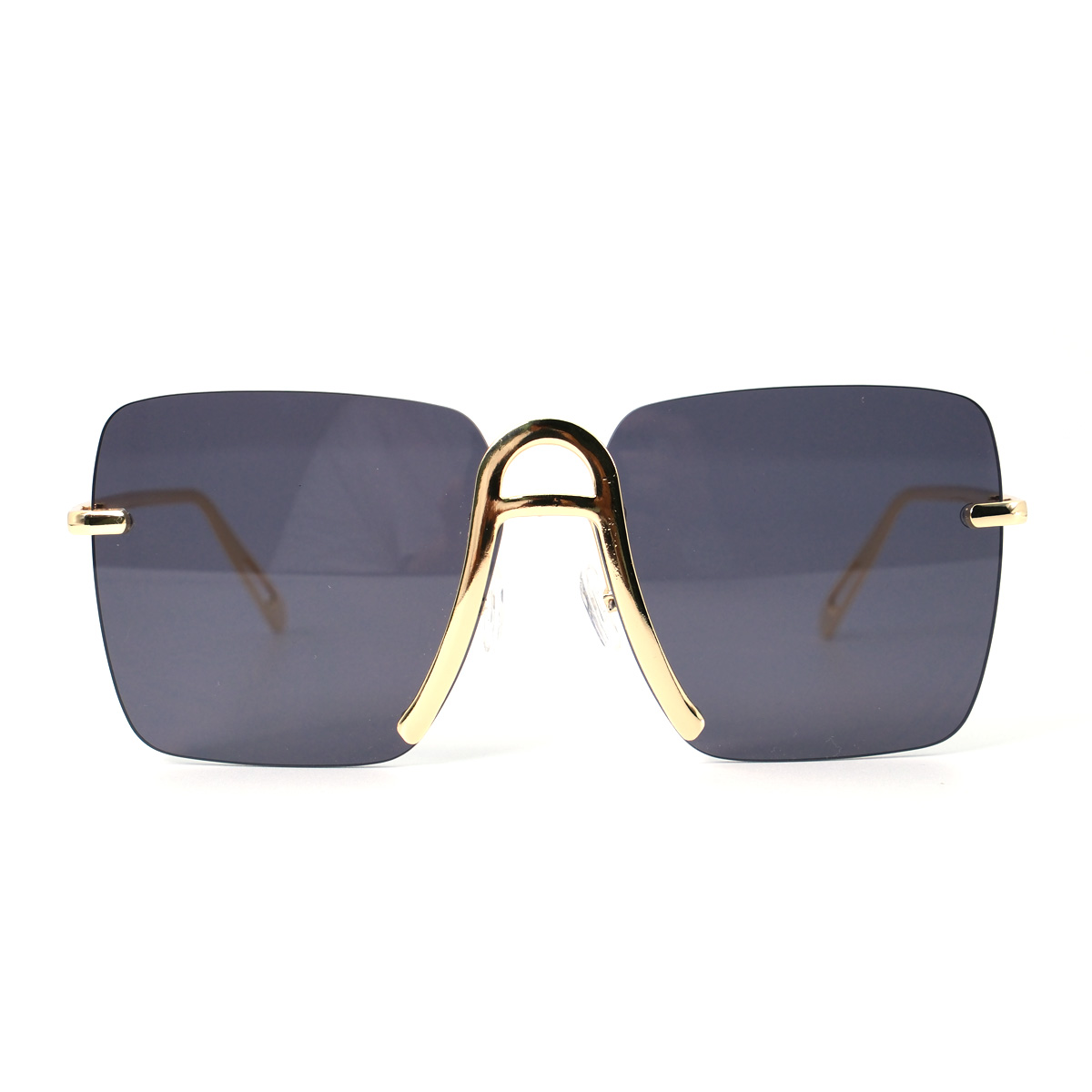How to Check Whether the Lens is Anti-Blue Light?
With the increasing use of digital devices in our daily lives, concerns about the potential harm caused by blue light emission have grown. Blue light, emitted by screens and electronic devices, is believed to contribute to eye strain, sleep disturbances, and other health issues. To mitigate these effects, many eyewear manufacturers claim to offer lenses with anti-blue light properties. However, it is essential to verify the authenticity of such claims before making a purchase. In this article, we will explore how to check whether a lens is genuinely anti-blue light, providing clear logic and viewpoints to help consumers make informed decisions.
1. Understand the Science Behind Blue Light:
Before delving into the specifics of checking the anti-blue light properties of a lens, it is crucial to understand the nature of blue light and its effects on our eyes. Blue light is part of the visible light spectrum and has relatively shorter wavelengths and higher energy compared to other colors. While exposure to natural blue light from the sun is essential for regulating our circadian rhythm, prolonged exposure to artificial blue light can potentially cause eye strain and disrupt sleep patterns.
2. Research the Lens Technology:
Familiarize yourself with the various lens technologies available in the market that claim to block or reduce blue light. Look for reputable eyewear brands that invest in research and development to create lenses specifically designed to filter out blue light. Explore their websites, product descriptions, and customer reviews to gain insights into the effectiveness of their anti-blue light lenses.
3. Check for a Blue Light Filtering Coating or Material:
Anti-blue light lenses are typically made with a special coating or material that filters out a significant portion of blue light. When examining a lens, look for specific indicators such as "blue light filter" or "blue light blocking" mentioned by the manufacturer or retailer. These coatings or materials are designed to selectively block or absorb blue light wavelengths, reducing the potential harm to the eyes.
4. Test for a Yellow or Amber Tint:
Some anti-blue light lenses may have a yellow or amber tint, which helps in blocking blue light. Hold the lens against a white background and observe its color. If the lens has a noticeable yellow or amber tint, it suggests that it is designed to filter out blue light. However, it is important to note that the absence of a tint does not necessarily mean the lens is not anti-blue light, as there are clear lenses available that also provide blue light protection.

5. Look for Certifications or Independent Testing:
Reputable eyewear manufacturers often subject their lenses to independent testing or certification processes to validate their claims. Look for certifications such as "Blue Light Protection" or "Blue Light Certified" from recognized organizations or testing laboratories. These certifications provide an added level of assurance regarding the lens's ability to block blue light effectively.
6. Consult an Eye Care Professional:
When in doubt, consult an eye care professional, such as an optometrist or ophthalmologist. They can provide expert guidance on selecting lenses that effectively reduce blue light exposure. They may also have access to specialized tools or equipment that can measure the lens's blue light filtration capabilities.
In an era dominated by digital devices, protecting our eyes from blue light has become increasingly important. When considering anti-blue light lenses, it is essential to verify their authenticity and effectiveness. By understanding the science behind blue light, researching lens technologies, checking for blue light filtering coatings or materials, looking for a yellow or amber tint, seeking certifications or independent testing, and consulting eye care professionals, consumers can make informed decisions about purchasing lenses that genuinely mitigate the potential harm caused by blue light. Prioritizing eye health and investing in high-quality eyewear can help individuals maintain their visual well-being in the digital age.
